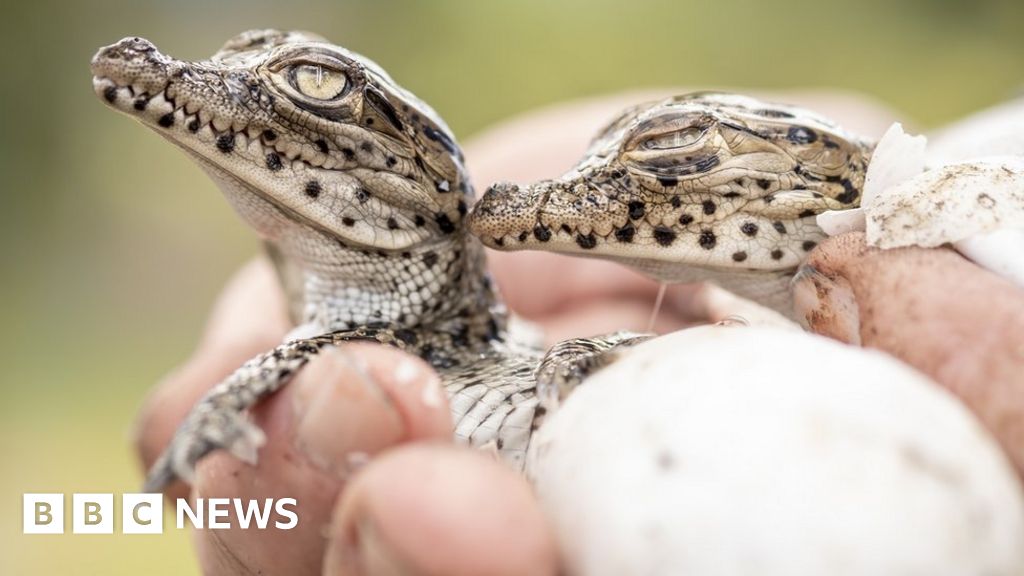- By Esme Stallard
- Climate and science reporter, BBC News
image source, Robin Moore/Re:wild
Conservation action is effective in reducing global biodiversity loss, according to a major study.
International researchers spent 10 years looking for measures, from hatching Chinook salmon to removing invasive algae.
The authors said their findings offer a “ray of light” for those working to protect endangered animals and plants.
One in three observed species is currently threatened by human activity.
In the first-of-its-kind study, published in the journal Science, scientists from dozens of research institutes reviewed 665 attempts at conservation measures, some dating back to 1890, across countries and oceans and across species, and found that they had a positive effect in two out of three cases.
Co-author Dr Penny Langhammer, executive vice-president of environmental charity Re:wild, told BBC News: “If you read the extinction headlines these days, it’s easy to get the impression that we’re failing biodiversity – but that’s not really the case looking at the whole picture.
“This study provides the strongest evidence yet that conservation not only improves the status of biodiversity and slows its decline, but when it works, it really works.”
Success stories include:
- rates of deforestation fell by 74% in the Congo Basin after management plans were put in place
- Tern breeding rates have at least doubled due to predator management in Florida’s barrier islands.
However, in one out of five cases, the measures have led to a decline in the target species.
But Dr Langhammer said: “One of the most interesting findings was that even when a conservation intervention does not work for the intended species, other species inadvertently benefit.”
The creation of marine protected areas for Australian seahorses, for example, meant that more of them were eaten as the populations of their natural predators increased.
image source, BBC Studios/Rafa Herrero Massiu
Climate change, habitat loss and the spread of invasive species are believed to be to blame.
So if conservation works, co-author Dr Joseph Bull, associate professor of climate change biology at the University of Oxford, told BBC News, “these measures are clearly not being funded on a sufficient scale to really start to reverse the global decline in biodiversity’.
They have set themselves the goal of mobilizing at least $200 billion (£160 billion) a year from public and private sources.
But only about $121 billion a year is currently invested in conservation worldwide.
image source, BBC Studios/Sam Lewis
University of Sussex professor of environmental biology Dr Fiona Matthews, who was not involved in the research, said it showed “conservation interventions can and do work”.
But she added: “I was struck by the lack of representation of countries from the Global South in the analysis, with only a handful of papers from the biodiversity hotspots of sub-Saharan Africa, Central and South America and South-East Asia.
“This, unfortunately, is more a reflection of academic publishing, funding and research than a failure on the part of the authors.”
Half of the trials the researchers evaluated were in Western Europe, North America, Australia and New Zealand.
Dr Bull agreed and said the next stage of the research would look at other areas of the world, but “one thing I would say is that it’s very clear that it doesn’t change the results”.

